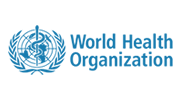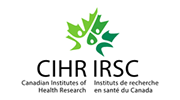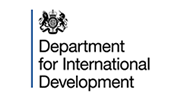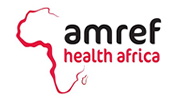Abstract
Background
Evidence for association between sickle cell and alpha thalassemia trait and severe malaria is compelling. However, for these polymorphisms associations with uncomplicated malaria, and for G6PD deficiency associations with uncomplicated and severe malaria, findings have been inconsistent. We studied samples from a three-arm case-control study with the objective of determining associations between common host erythrocyte polymorphisms and both uncomplicated and severe malaria, including different severe malaria phenotypes.
Method
We assessed hemoglobin abnormalities, α-thalassemia, and G6PD deficiency by molecular methods in 325 children with severe malaria age-matched to 325 children with uncomplicated malaria and 325 healthy community controls. Conditional logistic regression was used to measure associations between specified genotypes and malaria outcomes.
Results
No tested polymorphisms offered significant protection against uncomplicated malaria. α-thalassemia homozygotes (_α/_α) had increased risk of uncomplicated malaria (OR 2.40; 95%CI 1.15, 5.03, p = 0.020). HbAS and α-thalassemia heterozygous (_α/αα) genotypes protected against severe malaria compared to uncomplicated malaria (HbAS OR 0.46; 0.23, 0.95, p = 0.036; _α/αα OR 0.51; 0.24, 0.77; p = 0.001) or community (HbAS OR 0.23; 0.11, 0.50; p<0.001; _α/αα; OR 0.49; 0.32, 0.76; p = 0.002) controls. The α-thalassemia homozygous (_α/_α) genotype protected against severe malaria when compared to uncomplicated malaria controls (OR 0.34; 95%CI 0.156, 0.73, p = 0.005), but not community controls (OR 1.03; 0.46, 2.27, p = 0.935). Stratifying by the severe malaria phenotype, compared to community controls, the protective effect of HbAS was limited to children with severe anemia (OR 0.17; 95%CI 0.04, 0.65; p = 0.009) and that of _α/αα to those with altered consciousness (OR 0.24; 0.09, 0.59; p = 0.002). A negative epistatic effect was seen between HbAS and _α/αα; protection compared to uncomplicated malaria controls was not seen in individuals with both polymorphisms (OR 0.45; 0.11, 1.84; p = 0.269). G6PD deficiency was not protective against severe malaria.
Conclusion
Associations were complex, with HbAS principally protective against severe anemia, _α/αα against altered consciousness, and negative epistasis between the two polymorphisms.







